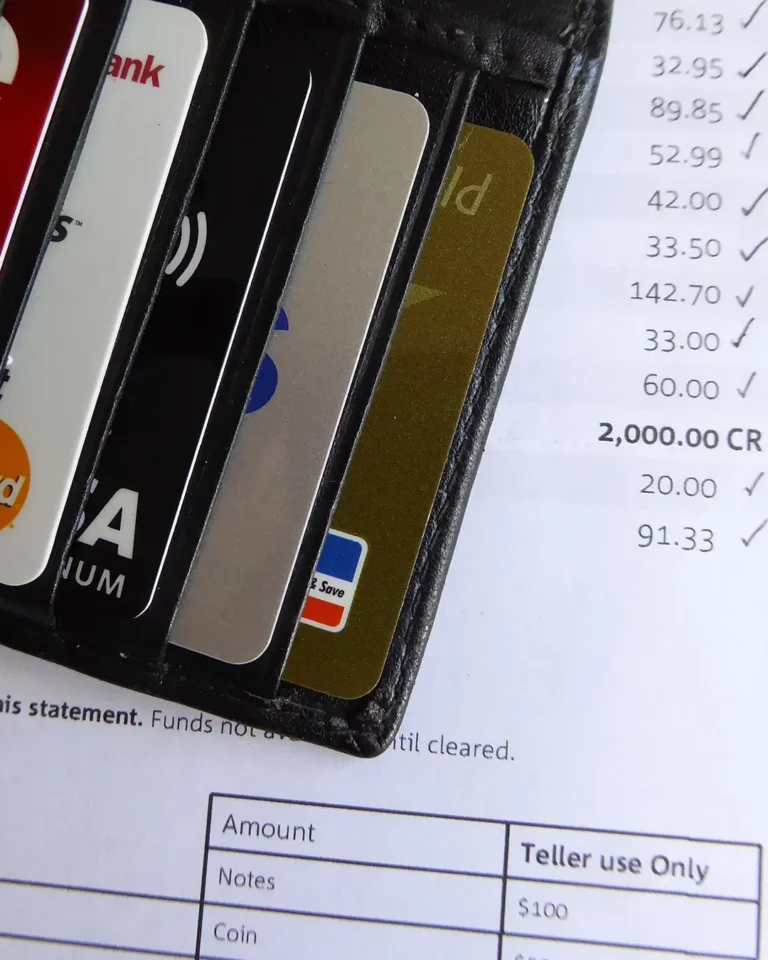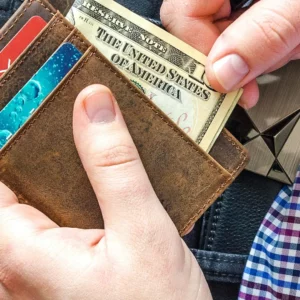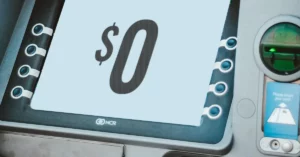Are you struggling with credit card debt?
As of the latest data from Marketwatch, nearly half of U.S. households carry a significant credit card debt balance, highlighting the widespread nature of this financial challenge.
Imagine this: Sarah, a young professional, is living the dream with a well-paying job in a vibrant city. She enjoys dining out, shopping for the latest trends, and traveling on the weekends. However, the thrill of her lifestyle is overshadowed by a growing pile of credit card debt. At first, it was just a few purchases here and there—small splurges she justified with the thought, “I’ll pay it off next month.” But before she knew it, Sarah was juggling multiple credit cards, each with high-interest rates, and she was only making the minimum payments.
Now, Sarah’s situation has become dire. Not only is she paying off a significant chunk of her income just to keep up with the interest, but she’s also facing mounting stress and anxiety. Every month, the balance barely moves, and she feels trapped in an endless cycle of debt. Sarah’s story is all too common—nearly 50% of Americans carry credit card debt, and many find themselves overwhelmed by high interest rates, late fees, and the stress of trying to keep up.
The consequences of carrying too much credit card debt are severe. It can damage your credit score, making it harder to qualify for loans or even rent an apartment. It can lead to sleepless nights, constant worry, and a feeling of being stuck in a financial hole. But the good news is that it doesn’t have to stay that way. There are proven strategies you can use to break free from the debt cycle, regain control of your finances, and start building a more secure future. Here’s how.
Effective Strategies to Pay Off Credit Card Debt
- Debt Snowball Method Focus on paying off your smallest debts first to gain quick wins and build momentum. Once a smaller debt is cleared, apply its payment amount to the next smallest debt, creating a “snowball” effect.
- Debt Avalanche Method Prioritize debts with the highest interest rates to minimize the total interest paid over time. This approach can lead to significant savings, especially if high-interest debts are substantial.
- Balance Transfer to Low-Interest Cards Transfer high-interest credit card balances to cards offering lower interest rates or 0% introductory APR periods. This can reduce the amount of interest accrued, allowing more of your payments to go toward the principal balance.
- Debt Consolidation Combine multiple debts into a single loan with a lower interest rate. This simplifies payments and can reduce the overall interest paid. However, it’s essential to ensure that the new loan’s terms are favorable and that it doesn’t extend your debt repayment period unnecessarily.
- Utilize Windfalls Wisely Apply unexpected funds, such as tax refunds, bonuses, or gifts, directly toward your credit card debt. For instance, using your tax refund to pay off debt can significantly reduce financial stress and save money on interest.
- Implement a Spending Plan Create a detailed budget to track income and expenses, identifying areas where you can cut back. This disciplined approach ensures that you allocate sufficient funds toward debt repayment while maintaining necessary living expenses.
- Seek Professional Assistance If overwhelmed, consider consulting a credit counseling service. These organizations can provide guidance, negotiate with creditors, and help establish a manageable debt repayment plan.
- Avoid Accumulating New Debt Commit to not incurring additional debt while paying off existing balances. This may involve adjusting spending habits, delaying non-essential purchases, and focusing on living within your means.
- Increase Income Explore opportunities to boost your earnings, such as taking on a part-time job, freelancing, or selling unused items. Additional income can accelerate debt repayment and reduce the overall interest paid.
- Engage with Supportive Communities Connect with others facing similar challenges through support groups or online forums. Sharing experiences and strategies can provide motivation and practical tips for managing and reducing debt.
Conclusion
Addressing credit card debt requires a multifaceted approach tailored to individual circumstances. By implementing strategies such as the debt snowball or avalanche methods, consolidating debts, creating a spending plan, and seeking professional guidance, individuals can take proactive steps toward financial freedom. It’s essential to remain disciplined, avoid accruing new debt, and stay committed to your debt repayment plan to achieve long-term financial stability. For 6 more strategies, click here.




